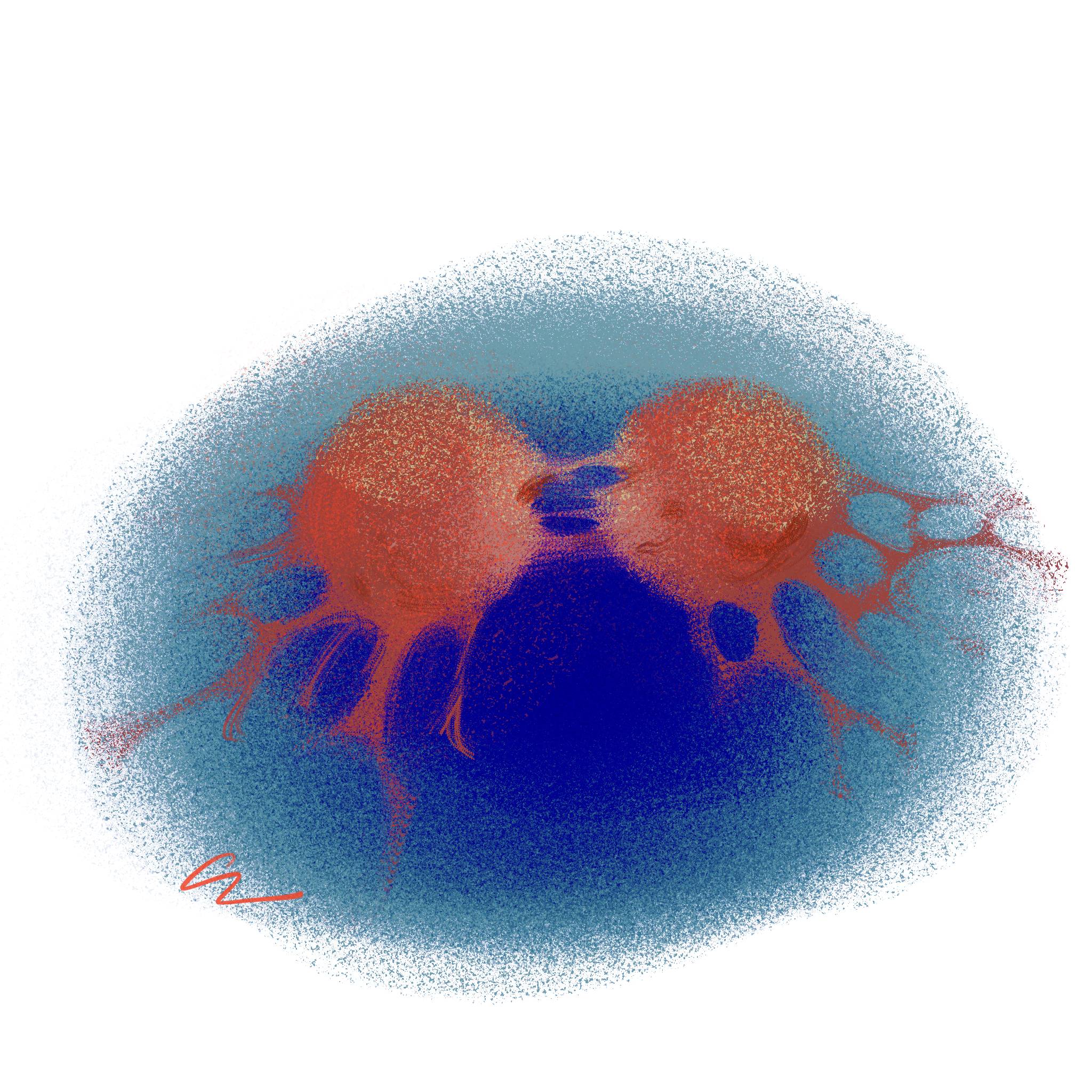“Supercharged” T-cells attack cancer cells more effectively, Yale study shows
Yale researchers have identified specific genes within T-cells that can be amplified to increase a T-cell’s ability to identify and kill cancer cells.

Cecilia Lee
Yale researchers have identified specific genes within T-cells that, when amplified, can increase an immune cell’s ability to target and kill cancer cells.
T-cells are immune cells that play an essential role in maintaining human health, sometimes by destroying cancer cells or other cells with harmful mutations. T-cells are special because they exhibit adaptive immunity, meaning they can change based on their environment and engage with surrounding cells. In a paper published in March in the journal Cell Metabolism, Yale researchers detailed their work investigating which genes within T cells can be amplified to increase the aforementioned cell’s efficiency and effectiveness when targeting cancer cells.
“The idea is that there’s been a big revolution in trying to help supercharge the immune system,” Jonathan Park MED ’23, a first author of the study and joint master’s degree and doctoral candidate at the medical school, said. “Your immune system is part of your native body, what your body normally uses to get rid of cancer cells, and it has memory. T cells are really powerful … especially for killing cancer cells.”
Supercharging T-cells entails the use of a cell therapy known as CAR-T therapy. CAR-T therapy is the use of genetically engineered T-cells that express a specific type of receptor that can recognize proteins that are typically expressed or over-expressed in cancer cells, Lupeng Ye, one of the first authors of the study identifying and an associate research scientist at the Yale School of Medicine, explained.
For healthy humans, the immune system recognizes heavily mutated or cancerous cells and attacks them before they can proliferate. However, for cancer patients, there has been a failure in the immune system response. This failure could be due to the fact that the T-cell was unable to distinguish between a normal cell and the cancer cell or, after making the distinction, was unable to kill the immune cell, Park added.
“CAR-T therapy is getting more and more important because we can artificially design CAR constructs to target a specific marker of cancer (different cancer types express different markers),” Ye wrote in an email to the News. “So, CAR-T cells are more flexible to be designed to target cancer cells.”
Sidi Chen, the head of the laboratory that conducted this research and an associate professor of genetics at the medical school, explained that the researchers used CRISPR gene editing technology to scan the genomes of the T-cells, overexpress every gene and determine which genes enhanced T-cell activity.
The researchers designed a library of guide RNAs — meaning short nucleotide sequences that can bind to specific genes — that would scan the entire genome, bind to the promoter of the target gene and recruit transcription factors to the promoter to increase the expression of the gene.
“‘Dead guide’ RNA […] is another versatile gene activation system,” Ye wrote. “The beauty of this system is we can use catalytically active Cas9 protein, so we can avoid delivering Cas9 protein (it’s a very large protein) by easily using Cas9-expressing T cells that are isolated from Cas9 mice.”
According to Park, the researchers used a test called a degranulation assay to determine which genes were responsible for “supercharging” the T-cells. Once the researchers had obtained a culture of cells, each overexpressing a certain gene, they were able to add cancer cells to the culture. From there, they could identify which T-cells (and, consequently, which genes) led to an increased ability to kill cancer cells, according to Chen.
In clinical settings, doctors would harvest T-cells from patients, engineer T-cells according to the experimental method detailed in the paper and infuse the “supercharged” cells back into the patient, according to Ye.
Chen added that one of the potential drawbacks of immune-based therapies for cancer is the potential for toxicity. “Supercharged immune” cells that are overactivated and too efficient could attack the patient’s healthy cells in addition to the cancer cells. This tradeoff between efficiency and toxicity is called the therapeutic window. In this case, the results of the study suggest that enhanced CAR-T function leads to an increase in efficacy without an associated increase in toxicity.
Now that researchers have identified the genes that can be amplified to increase T-cell efficiency, further research can go down one of two paths. The first path is to focus on the identified genes and test their functions with different cancer cells and translate their experimental design into a different study, according to Chen. The second path is to explore “supercharging” in other cells, such as stem cells, to see if different cell types can be harnessed to attack cancer cells, according to Ye.
To date, the Food and Drug Administration has approved six CAR-T therapies for the treatment of B-cell malignancies or multiple myeloma.







